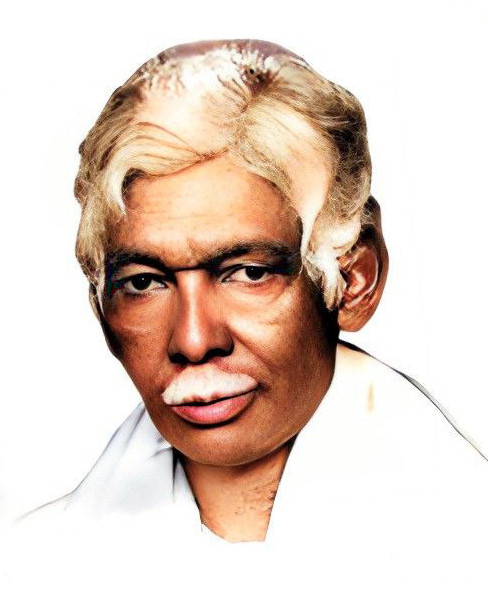Best Practice: II
Title of the Best Practice
Native Species Seed Ball Preparation and Dispersal
Objective
- To promote the environmental and ecological awareness.
- To increase the native tree species density and diversity.
- To reclamation of degraded land and soil conservation.
- In an effort to promote the sustainable land/forest management.
- To increase diversity of native tree species which is provide fuel wood, fodder, small timber etc. for the locales.
- In an effort towards of climate change, its mitigation and adaptation
Context
PRMS Mahavidyalaya is situated in the fringe areas of Choto Nagpur Plateau. Chota Nagpur Plateau is a storehouse of mineral resources such as mica, bauxite, copper, limestone, iron, coal, etc. Because of the reach minerals, a lot of area is converted into degraded land due to open mining. This blog talks about tribal land rights and seed balls, a novel initiative adopted to restore the forest area. The campus is located in a forested environment and the locales also dependent on forest. College took responsibility to protect and conserve the forest. With this in mind, we launch the Native Species Seed Ball Preparation and Dispersal program. This programme organized by the college introduced the students to the wonderful world of gardening through the fun activity of collection of seed and preparing seed balls. The programe aimed at providing green education to the students, teachers, stack holders and also encouraged them to kick off the monsoon season in an eco-friendly way. They are inexpensive and can be easily dispersed over large areas, which are often hard to reach. Direct seeding reduces the shock of transplanting saplings and helps the young trees grow stronger roots and, hence, stronger trees.
The practice
The students learned to prepare the soil mixture and the procedure for future use. To restore and conserve the forests, seed balls prepared and dispersed every year. Seed ball plantation can be an engaging way to educate and empower participants to contribute to environmental conservation. Here's an outline of the programme:- Components of Seed Balls- Making Seed Balls- Seed Selection-Planting Techniques-Maintenance and Monitoring-Community Engagement Strategies.
Impact of the best practice
Seed ball plantations can have several positive impacts on rock mining areas and degraded land. The main purpose of these seed balls is to regenerate native tree species as well as increase plant diversity, which can promote environmental sustainability. After the growth of plants, it can provide habitat and food sources for local wildlife, contributing to biodiversity conservation. It can help with soil stabilization and erosion control, which are often issues in such areas due to the disruption caused by mining activities. Moreover, the plants can help in reclamation efforts by restoring vegetation cover and creating a more visually appealing landscape.
Resource required
Active engagement, dedication and motivation on the part of faculty are required to implement this practice. Besides, a continuous support of college administration is another requirement for the proper implementation of the practice. Student volunteers support also required in every phase of the programme.

